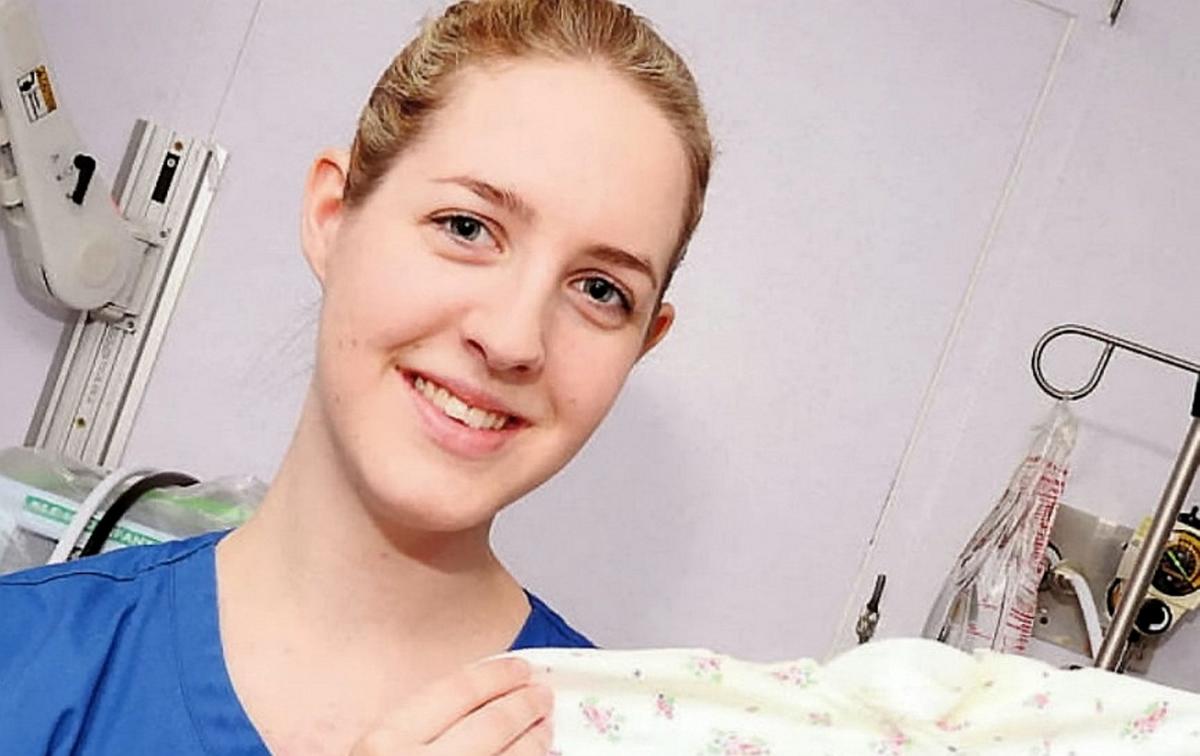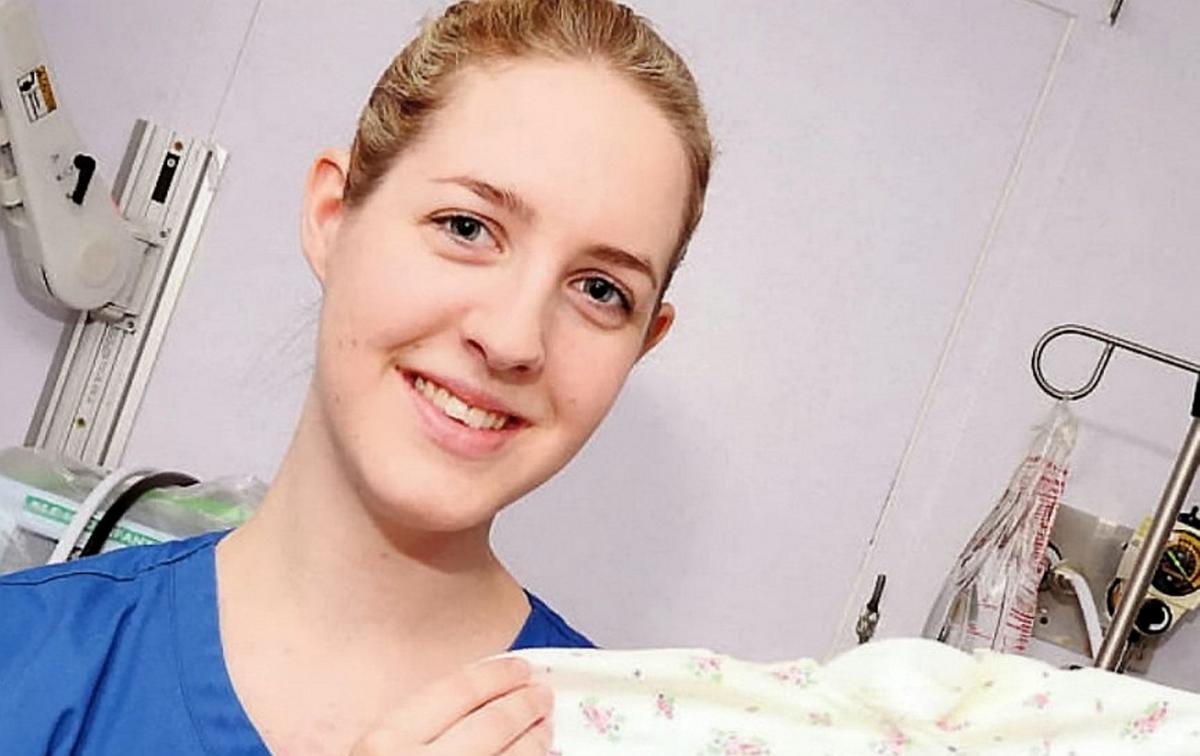
After Lucy Letby was found guilty of seven murders and seven attempted murders, questions have started to emerge about some of the evidence used to convict the former nurse.
On Tuesday, The Telegraph examined the concerns in the arguments used to convict Letby.
In response, Telegraph readers weighed in on the guilty verdict.
‘Ms Letby has been let down all round’
Some readers believe the evidence used to convict Letby was unreliable.
For example, Stephanie Findlay said: “There seems to be a problem when experts give probabilities. A juror has to be convinced beyond reasonable doubt, but when an expert says the probability is one in 73 million, the juror is virtually duty bound to accept the expertise.
“However, one could say that it is statistically improbable that anyone would win the lottery. So perhaps these probabilities should be compared to other improbable events like being run over by a bus or killed in a train crash, so the jurors understand that even if the chance is minuscule, it can happen.”
The reader concluded: “If Lucy is innocent, I hope she gets justice very soon.”
Similarly, David James thought The Telegraph’s investigation “hopefully will bring a step towards the case and conviction being reviewed”.
He continued: “It appears Ms Letby has been let down all round by the prosecution, defence lawyers and the appeal judges.”
A few readers were particularly concerned by the statistical evidence used against Letby.
Retired analyst Cassandra Blackley was “glad the DT ran this piece”. Ms Blackley has “repeatedly voiced grave concerns about the use of shift pattern evidence in convicting Letby, and repeated the Royal Statistical Society (RSS) warnings about its validity, often to howls of disapproval from other commentators. This piece is first-rate investigative journalism”.
Likewise, “I have always felt a bit uneasy about this case”, an anonymous reader began. They shared that their wife worked in the same hospital until recently, and although she didn’t work with Letby directly, they knew that some of the staff who worked with the former nurse still protest her innocence.
“Secondly, the statistical evidence just seems a bit inconclusive. I still think she probably did it, but maybe there’s a 10-20 per cent chance that this is a terrible miscarriage of justice,” the reader said.
Richard Martin also pointed to “the statistical problems” which he argues “were absolutely clear at the time of the original trial and conviction, and several people pointed this out”.
“I can not really understand why Letby was not given leave to appeal,” they said.
‘I could find no evidence that was compelling’
Meanwhile, T. Platt, who is also “uncomfortable” with the guilty verdict, shared his experience as a lawyer: “I could find no evidence that was compelling, and way too much that could be shown to be unreliable.
“This doesn’t mean I think she did not do it, more that I can’t see how they can convict on the basis they have.”
One reader suggested there were issues with a trial by jurors as “fellow citizens” rather than “peers”.
Brian Harrington said: “It is very likely that none of the jury members were Ms Letby’s ‘peers’, i.e., with equivalent training, qualification, and experience in neonatal medicine. Being ‘fellow citizens’ of Ms Letby in no way makes them qualified to make decisions in this highly specialised field of medicine, and, in addition, the issue, (as pointed out in the Telegraph’s analysis), of sophisticated, advanced statistics.
“Even the judge is not qualified to draw conclusions about the evidence presented. I would hypothesise that the jury’s verdicts are very likely based on which barristers they disliked least.”
In a similar vein F. A. McWeeney took issue with the make up of the jury: “My husband and I wondered how a jury could be found for the recent trial that was not influenced by their knowledge of the previous results.
“Juries are told to put any knowledge they may have out of their minds but how is that really possible?”
E.A. Harper-Wilkes believed Lucy Letby to be a scapegoat: “This whole business reminds me of Sally Clarke – the solicitor who was wrongly imprisoned for murdering her babies. It was a travesty of justice from which she never recovered and she and her husband were solicitors who knew how the law works.
“I believe it will turn out there were no ‘murders’ just an overburdened, unsanitary and badly managed unit dealing with very fragile babies – and bosses looking for someone to blame.”
‘Guilty all day long’
However, other readers were in little doubt of Letby’s guilt.
Jon Bolton asserted: “Guilty all day long. Yes, the stats are questionable, but they were not key to the conviction.”
R. Bernden thought The Telegraph’s investigation was “interesting” but wouldn’t rush to judgment on the basis of this one report. “After all, the trial jury and the Court of Appeal judges did more than read a 2,000-word newspaper article.”
Hans Strand put forward his stance: “Dr Alexander Coward suggests that by showing only the days on which an incident occurred, it is flawed.”
“I suggest otherwise,” he asserted. “If a suspect is the only person present at each and every murder, that’s compelling evidence they are the murderer.
“We’ve been here before, of course, with the media and experts who know a lot about their small specialty but who have no overview of the entirety of the case going off on a wild goose chase.”
Mr Strand reflected on the White House Farm murders. “The media waged a long campaign to free Jeremy Bamber based on the fact that it is possible to chip away at individual bits of evidence and, yes, like Letby (and like most murders), no one actually saw him do it. However, take the evidence in its entirety as the jury did, and Bamber is clearly guilty.
“The same is doubtless the case here. There was a trial, a jury heard all the evidence, a decision was reached and a sentence passed. That’s how criminal justice works. The media should cease stirring things up for cheap drama and clicks.”
John Woods considered Letby’s appearance: “The problem is, we expect our mass murderers, especially of children, to look like monsters. But when they look like an attractive young woman, coupled with an air of vulnerability, we just can’t believe it let alone accept it.”
Reader Anne Halbert believes the legal process came to the correct verdict. She argued: “Looking at the chart on neonatal deaths, they have now reverted to the normal pattern of 0-1/year. Despite all these armchair experts who haven’t had the opportunity to review all the evidence, I believe the legal process came to the correct verdict: guilty.”
Some readers, like Marcus Moseley, are yet to be convinced either way. “I remain neutral,” he says. But viewed the investigation as “persuasive” and “speaking truth to power.”
Marcus Jacobs shared “if I was having a baby, I wouldn’t want to take the chance with having her care”.
EMEA Tribune is not involved in this news article, it is taken from our partners and or from the News Agencies. Copyright and Credit go to the News Agencies, email news@emeatribune.com Follow our WhatsApp verified Channel





